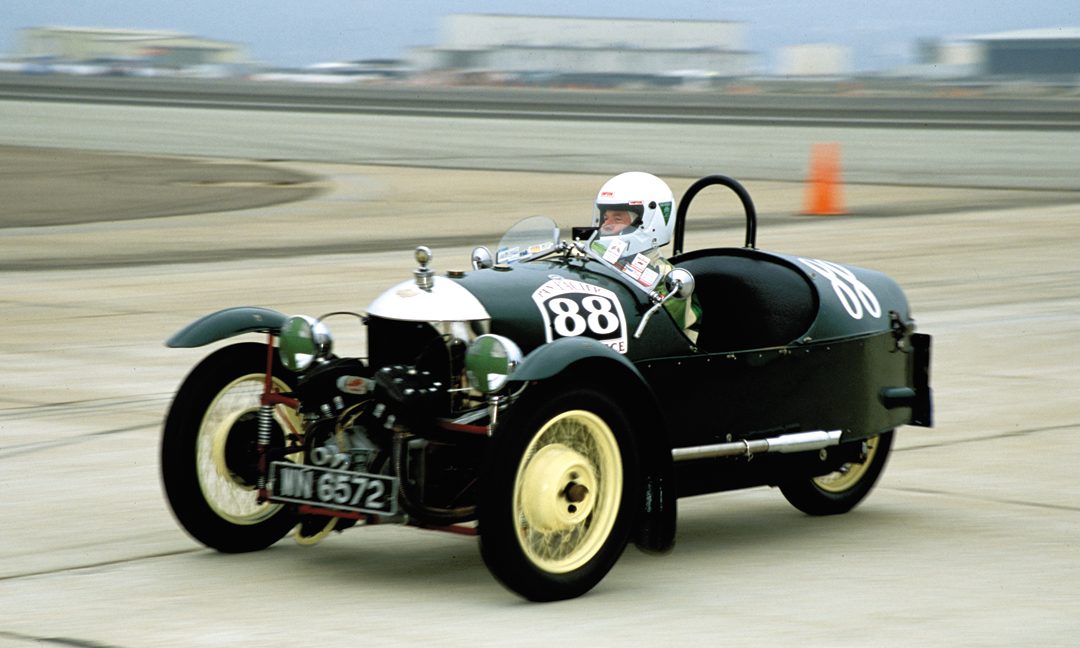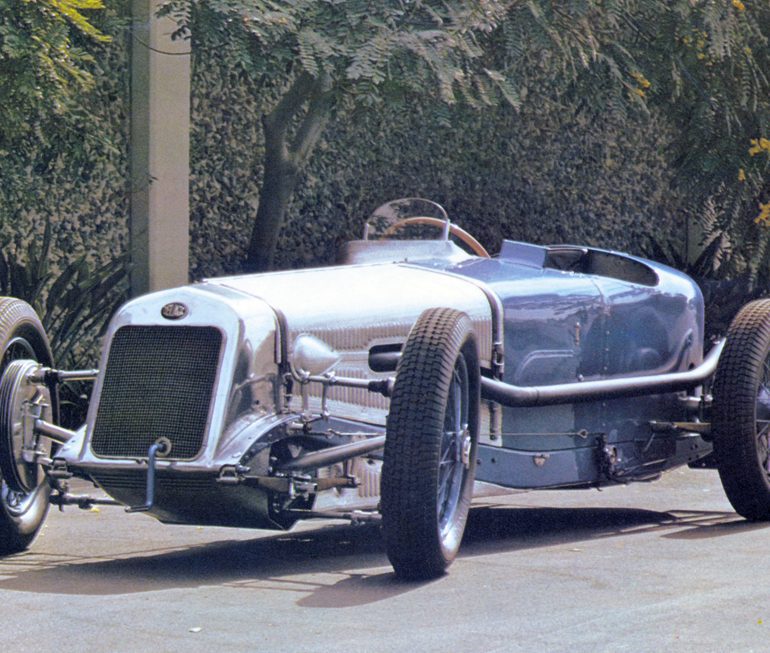From the very beginning of the automobile, man built cars to compete with a passion for speed and technology. These innovators are in an elite club with their place in automotive history guaranteed as the creators of a true classic sports car, a genuine thoroughbred.
The development of the racing sports car can be traced to specific manufacturers who at one time in history dominated motor racing, in particular the world’s most challenging road races, such as the Mille Miglia, Targa Florio and endurance contests such as the Le Mans 24-Hours.
The creation of an automobile which could win in international competition was usually the inspiration of one passionate man, an engineer, a genius who put all of his design and engineering skills towards his goals.
Part two of this prewar market guide will feature more of these exciting cars, including Delage and Morgan.
Today these prewar masterpieces are highly sought after by the sophisticated collector.
They and their current owners are often invited to partake in the most prestigious historic racing venues worldwide. The Le Mans 24-Hour Classic, Mille Miglia Storica, Monaco Historique Grand Prix and the Targa Florio to name but a few.
Due to the age of these cars and their racing heritage, their value is determined by their originality and provenance. Old cars built up from parts are not the same as true complete survivors. Often bringing the remaining total down to less than 10 good surviving examples of a particular model.
1927 Delage Grand Prix Car

Although coach-built road cars were also built, competition success started in 1909, with wins in the Grand Prix of Boulogne, Lyons and other events. In 1914, Rene Thomas won the Indianapolis 500 driving a Delage. However, production stopped during WWI. After the war, five 2-liter V-12 cars were built in 1923–25. The first ever British Grand Prix was won by a Delage 155B in 1926. Albert Lory designed the ultimate Delage Grand Prix car that being the 1.5-liter, straight-8, supercharged with 165-hp at 8,400 rpm. The 1927 Grand Prix Delage was an example of the engineering excellence of this small company. Its light chassis, good handling and exceptional power allowed it to dominate Grand Prix racing, winning every Grand Prix—British, French, Spanish and Italian—and became “Champion du Monde” in 1927, a fantastic accomplishment!
The recession of the 1930s caused the demise of Delage, who sold the rights to the name to Delahaye.
Morgan Three-Wheeler

Criteria Used For Assessing Valuations for this Guide:
- Degree of Originality
- Overall Condition, Restoration
- Technology, Design, Coachbuilder
- Production Numbers/Rarity
- Competition History
- Ownership History, Documentation
- Modern Event Eligibility
Regional Variances
The prices stated in this guide are based on U.S. values. The values of historic racing cars can vary as much as 25%-35% in other countries, depending on local market appeal, currency rates, import duties, and VAT. Most of the time, we are able to document known sales or closed escrows, as they say in real estate. When this is not possible, a logical estimate of the car’s value is given, based on its sales history and relationship to cars of its type.
The prices stated in this guide are based on U.S. values. The values of historic racing cars can vary as much as 25%-35% in other countries, depending on local market appeal, currency rates, import duties, and VAT.
LEVEL |
VALUATION CATEGORIES |
|---|---|
I |
The best combination of all criteria. |
II |
Satisfies mid-range of criteria. |
III |
In need of restoration. Meets only a few points of criteria |




